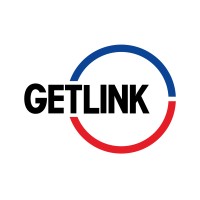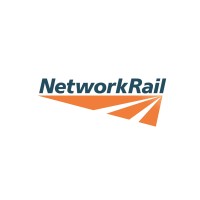
Getlink
On November 20th, Groupe Eurotunnel has changed its name to Getlink. This new name, reflecting the dynamism of connection and exchange, marks the Group’s passage into an exciting new era for mobility infrastructures. Getlink now leads the businesses of four major commercial brands: - Eurotunnel, the leader across the Channel with Eurotunnel Le Shuttle and Eurotunnel Le Shuttle Freight, - Europorte, the leading private rail freight operator in France, - ElecLink, the future electrical interconnector between the UK and France, - CIFFCO, the leading private European railway training centre. Each year, Getlink safely transports more than 22 million passengers, 1.7 million trucks, 2.7 million cars, almost 2 billion tonne-kilometres of freight and, soon, also 1 gigawatt of electricity.






